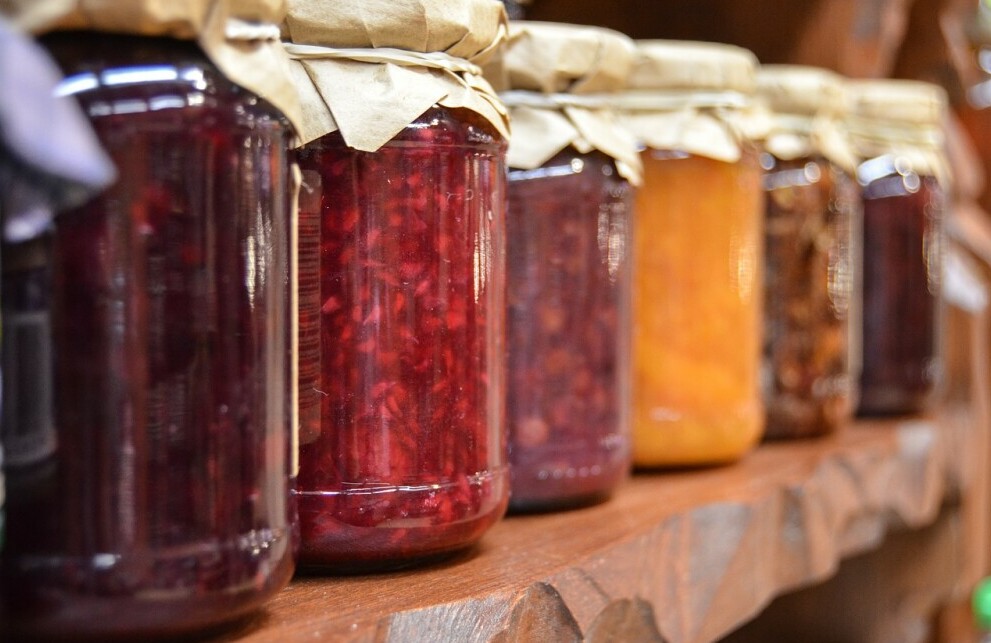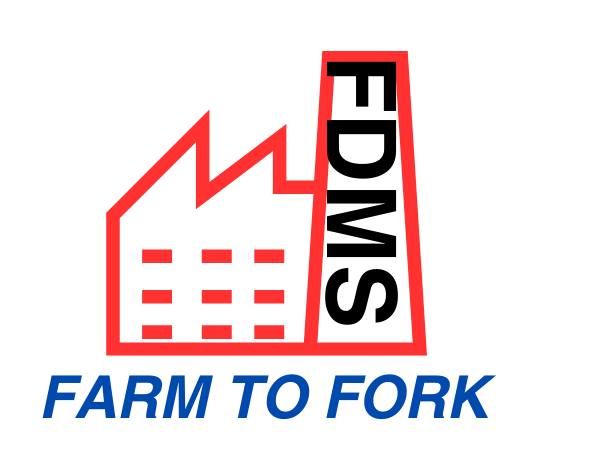I often encounter a mix of curiosity and skepticism when I mention food processing. Some view it as a departure from the wholesomeness of fresh produce, but this perspective overlooks the essential benefits that food processing brings to the table. Let me set the record straight – not all food processing is created equal, and there are indeed methods that preserve and even enhance the value of our food.
Think about food processing as a variety of techniques with the same goal: to make food safer, longer-lasting, and sometimes more nutritious. Canning, fermenting, and freezing are all traditional methods that have been used for centuries with positive outcomes. These techniques can deter the growth of harmful bacteria, preserve the sensory qualities of food, and extend shelf life without relying on artificial preservatives.

It’s important to distinguish between harmful additives and the intrinsic benefits of processing. While some methods involve questionable additives, the techniques I’ll discuss aim to keep food as close to its natural state as possible, fortifying our diets and reducing waste.
Canning, for example, locks in nutrients at their peak and allows us to enjoy seasonal flavours all year round. It maintains the goodness of produce when it’s freshest and most abundant. Let’s explore how this time-tested technique contributes to a safe and sustainable food supply in the next section.
Canning: Preserving Nutrients and Extending Shelf Life
Canning isn’t a newfangled concept; it’s a tried-and-true method that has stood the test of time. Think of it as a way to lock in a food’s goodness, effectively pausing the natural decay process that begins the moment a fruit is plucked from the tree or a vegetable is unearthed. This technique involves placing foods in jars or cans and heating them to a temperature that annihilates harmful bacteria and enzymes.
The ingenious part of canning is how it manages to preserve the bulk of the essential nutrients found in fresh produce. Yes, some water-soluble vitamins, like C and B, may diminish during the heating process, but the rest remain intact within their sealed container, dutifully waiting to deliver nutrition until the moment you open them.
Just about any food you can name is game for canning, from your grandmother’s peach preserves to a simple can of green beans. This versatile approach not only extends the shelf life of perishables but also ensures that those living far from farms or gardens have access to a variety of nutrients all year round.
I wouldn’t be giving you the full picture if I omitted the critical aspect of safety. As with any food preservation method, canning must be done properly. Following tested recipes, using the right equipment, and understanding the science of canning are pivotal to prevent foodborne illnesses like botulism. It’s about respecting the process as much as the product.
In a way, canning embodies a bridge between tradition and innovation, connecting the age-old human need to store food with contemporary demands for safety and nutrition. When done correctly, it’s a powerful tool in our food preservation arsenal.
Now, preserving food isn’t only about keeping it safe or extending its shelf life; it’s also about savouring flavours. That’s where our next technique, fermentation, comes in. With an ability to enrich taste while boosting health, it opens up a new dimension in the realm of food processing that benefits both our palates and well-being.
Fermentation: Unlocking Flavour and Health Benefits
I see fermentation not just as a food preservation method, but also as a remarkable transformation that unlocks a wealth of flavour and health benefits. Long appreciated in culinary traditions worldwide, it is essential to understand what makes fermented foods like yogurt, kimchi, and sauerkraut so valuable.
At its core, fermentation is a metabolic process. Microorganisms like bacteria, yeast, or fungi convert organic compounds – think sugars and starches – into alcohol or acids. This not only creates the distinctive tangy flavours we love but also naturally preserves the food. Moreover, this process often enhances the digestibility and nutritional profile of the food.
Now, let’s talk about gut health. Fermented foods are typically rich in probiotics, the ‘good’ bacteria that are friendly to our digestive systems. Incorporating these into your diet supports the gut microbiome, which is linked to a host of health benefits, including improved digestion, enhanced immune function, and even mental well-being.
Here are a few popular fermented foods and how they’re made: Yogurt is the result of fermenting milk with specific cultures; kimchi gets its kick from fermenting vegetables with a blend of seasonings and lactic acid bacteria; and sauerkraut involves fermenting finely cut cabbage with various lactic acid bacteria. Each offers a unique cocktail of flavours and probiotics.
It’s clear then that fermentation doesn’t just extend shelf life — it adds a new dimension to our food. But as we transition to the next section, remember: while fermentation adds goodness, freezing food is about preserving the existing qualities. In the following part, I’ll walk you through how freezing keeps food as close as possible to its fresh state, ensuring that you enjoy its natural taste and nutrients whenever you choose.
Freezing: Maintaining Freshness and Convenience
Imagine enjoying your favourite fruits and vegetables even when they’re out of season. That’s the magic of freezing. When it comes to preserving freshness and ensuring year-round availability, freezing is an unsung hero. A closer look at the science reveals how freezing slows down enzyme activity and microbial growth, essentially pausing the clock on spoilage and potential food waste.
Frozen food isn’t just about preservation; it’s a testament to convenience. With busy schedules, having a stockpile of frozen items can save time without sacrificing nutrient quality. Contrary to some misconceptions, frozen fruits and vegetables can be nutritionally comparable to their fresh counterparts, especially since they are often frozen at peak ripeness when nutrient levels are highest.
To get the most out of freezing, proper technique is crucial. For starters, blanching vegetables before freezing can help preserve their colour, texture, and nutritional value. It’s also important to store foods at the right temperature. A consistent temperature of 0 degrees Fahrenheit or lower ensures foods remain safe and of high quality over time.
Putting freezing into perspective, it’s helpful to compare it with other methods like drying or canning. While each method has its place, freezing stands out for its ability to maintain the original taste and texture of many foods without the addition of preservatives or chemicals. It’s a straightforward method that maintains the integrity of food with minimal processing.
As the industry moves toward less processed and more natural options, methods like High Pressure Processing (HPP), are gaining traction. Tailored to meet the demand for raw and nutrient-rich foods, HPP offers a promising complement to traditional processing techniques.
Conclusion: Embracing the Benefits of Modern Food Processing Techniques
I’ve walked you through some remarkable food processing techniques that show how our diets benefit from advancements in technology. It’s not just about lasting longer on the shelf; these methods can retain vital nutrients, enhance flavours, and make our foods safer.
From canning to fermentation, and from freezing to high-pressure processing, each technique has a unique role in bolstering food security. They help us ensure that year-round, people worldwide have access to nutritious, enjoyable, and safe food.
Choosing processed foods doesn’t automatically mean compromising on health. With a better understanding, you can make informed decisions and embrace the positive aspects of food processing.
Looking ahead, the continuous innovation in this field promises to further align with our needs for nutrition, taste, and sustainability. As we move forward, it’s imperative to keep abreity with developments that not only enhance how our food is produced and preserved but also how it can contribute to a healthier society.
Let’s recognise and appreciate how these food processing techniques contribute to our wellbeing and support the sustainable evolution of our food systems.

